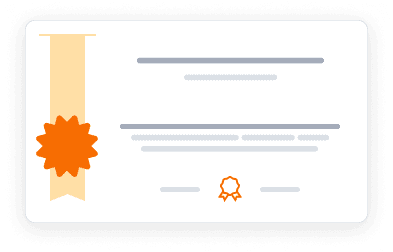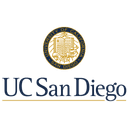This course is part of Algorithms and Data Structures.
This advanced capstone project challenges students to develop sophisticated genome assembly software for the biotech industry. Participants work with real DNA sequencing data to create optimized algorithms that can compete with industry-standard tools. The course combines algorithmic thinking with practical bioinformatics applications, focusing on implementing efficient solutions for processing large-scale genomic data. Students learn to apply graph algorithms, optimize code performance, and handle real-world biological datasets while building a complete genome assembler from scratch.
9,055 already enrolled
Instructors:
English
English
What you'll learn
Master advanced graph algorithms for genomic data processing
Develop efficient genome assembly algorithms for real-world applications
Optimize software performance for large-scale biological datasets
Skills you'll gain
This course includes:
PreRecorded video
Graded assignments, Exams
Access on Mobile, Tablet, Desktop
Limited Access access
Shareable certificate
Closed caption
Get a Completion Certificate
Share your certificate with prospective employers and your professional network on LinkedIn.
Created by
Provided by

Top companies offer this course to their employees
Top companies provide this course to enhance their employees' skills, ensuring they excel in handling complex projects and drive organizational success.





Module Description
The course focuses on developing advanced software solutions for genome assembly, a critical challenge in modern biotechnology. Students work with real DNA sequencing data to create optimized algorithms that can process and assemble genetic information efficiently. The curriculum covers graph algorithms, optimization techniques, and practical implementation strategies for handling large-scale genomic data. Through hands-on project work, participants gain experience in building competitive genome assembly software that meets industry standards.
Fee Structure
Individual course purchase is not available - to enroll in this course with a certificate, you need to purchase the complete Professional Certificate Course. For enrollment and detailed fee structure, visit the following: Algorithms and Data Structures
Instructors
Pioneering Bioinformatics Scholar and Computational Biology Innovator
Pavel Arkadevich Pevzner serves as the Ronald R. Taylor Professor of Computer Science at the University of California, San Diego, and director of the NIH Center for Computational Mass Spectrometry, where he has revolutionized the field of computational biology since 2000. After receiving his Ph.D. in mathematics and physics from the Moscow Institute of Physics and Technology, he completed postdoctoral work with Michael Waterman at USC, before establishing himself through positions at Penn State and USC. His groundbreaking research spans bioinformatics algorithms, genome rearrangements, DNA sequencing, and computational proteomics, leading to significant advances in genome assembly and antibiotics discovery. His academic excellence has been recognized through numerous prestigious honors, including the Howard Hughes Medical Institute Professorship (2006), ACM Fellowship (2010), ISCB Fellowship (2012), and the ACM Paris Kanellakis Theory and Practice Award (2018). As an educator, he has transformed bioinformatics education through innovative approaches, including the development of massive open online courses that have reached over half a million students, and authored influential textbooks including "Computational Molecular Biology: An Algorithmic Approach" and "Bioinformatics Algorithms: An Active Learning Approach"
Computational Biology Educator and Educational Innovation Pioneer
Phillip Compeau is an Assistant Teaching Professor in the Carnegie Mellon University Computational Biology Department, where he serves as Assistant Director of the Master's in Computational Biology program. He holds a Ph.D. in mathematics from UC San Diego and completed his Master's degree at Cambridge University. Phillip co-founded Rosalind, an online platform for learning bioinformatics. A retired tennis player, he dreams of one day going pro in golf.
Testimonials
Testimonials and success stories are a testament to the quality of this program and its impact on your career and learning journey. Be the first to help others make an informed decision by sharing your review of the course.
Frequently asked questions
Below are some of the most commonly asked questions about this course. We aim to provide clear and concise answers to help you better understand the course content, structure, and any other relevant information. If you have any additional questions or if your question is not listed here, please don't hesitate to reach out to our support team for further assistance.





